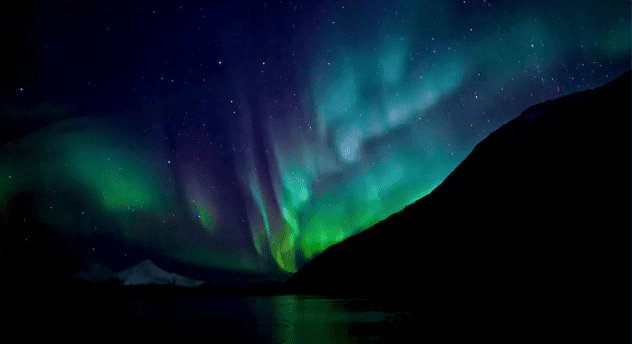Have you ever gazed out the window after a rainstorm to see a rainbow, arching across the sky? If so, you were probably wondering why it was there-- and why you only see them after some rainstorms. In order for a rainbow to happen, there must be raindrops floating in the air, which always happens after a downpour. The sun must also be visible. What causes us to see the rainbow's vibrant colors? The water droplets act as tiny prisms, refracting, or bending light. The light rays refract because they are slightly slowed down in the water droplet, since it is denser than air. White light is made up of many wavelengths of light, where a different wavelength produces a different color. When refracted, those wavelengths, thus the colors, separate into a rainbow.
However,
the sun must be at the right angle in order for this to happen, which is why rainbows are quite rare. Why are all rainbows arch-shaped? The answer is, they are not! Rainbows are complete circles, but we can only see half of them from the ground. However, if conditions are right, the full circle can be seen from an airplane.
 |
|
|
Another phenomenon, even rarer than a rainbow, is a
double rainbow! Sometimes, you can see a second, fainter rainbow above
the primary rainbow. This second rainbow is caused by a second
refraction of light in the raindrops. The reason why the secondary
rainbow is above the primary rainbow is that the re-reflected light
exits the water droplet at a different angle.  |
One of the most amazing atmospheric phenomena, the aurora borealis, can only be seen at the North Pole! Violent storms on the sun send gusts of solar particles towards Earth, which get trapped at the magnetic poles. Earth has magnetic properties, and, just like the magnets you use in your classroom, the strongest magnetic points are at the poles. Thus, that is where the solar particles are drawn to. What creates the light? When the charged particles reach the molecules of Earth, they excite the atoms. This means that the particles are causing electrons to orbit the atomic nucleus at much faster speeds. Then, when the electron suddenly transfers to a slower orbit, a photon, or particle of light, is emitted. This reaction happens in millions of atoms, causing a spectacular light display.
| |






